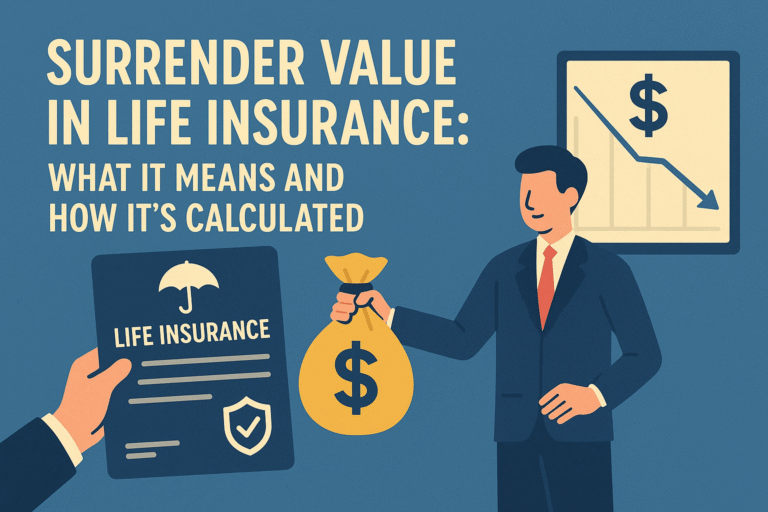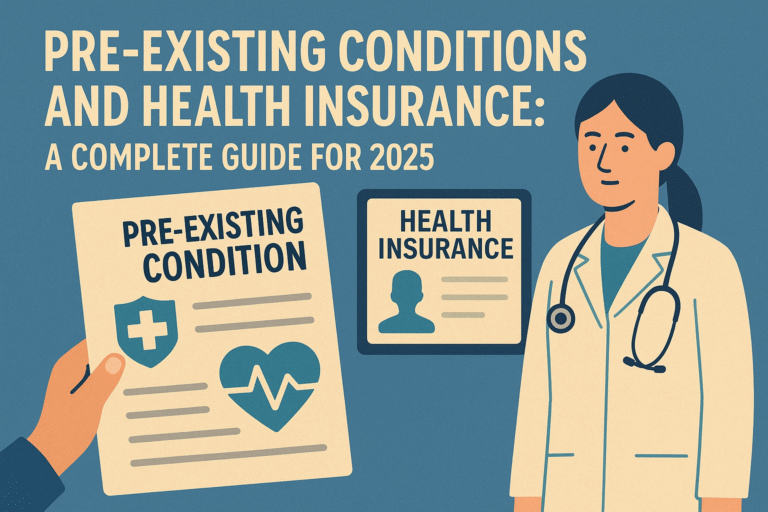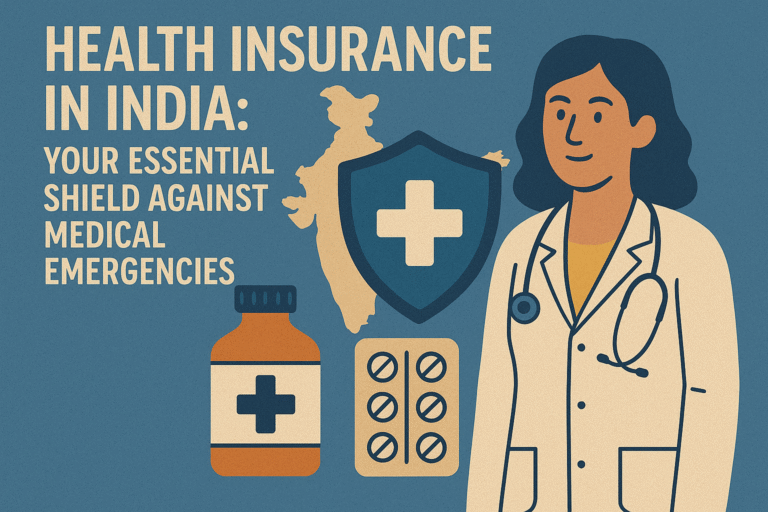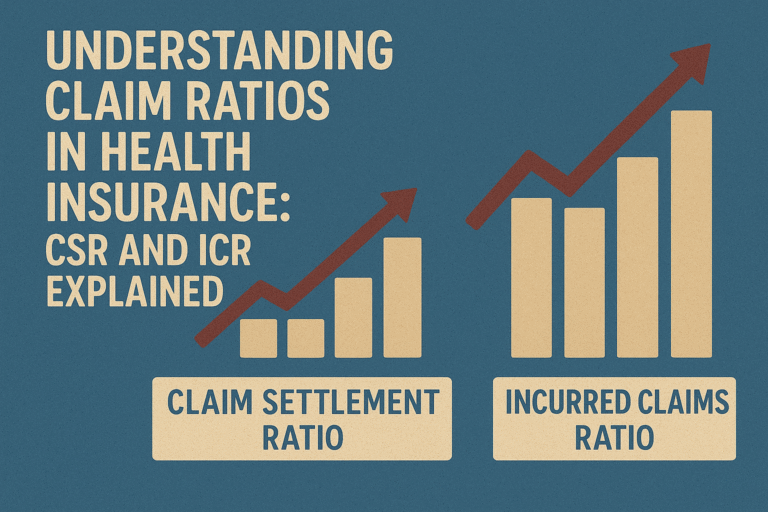Navigating Surrender Value in Life Insurance: What You Should Know
Life insurance serves as a critical pillar of financial security, offering peace of mind by safeguarding your family’s future. In such cases, understanding the concept of surrender value in life insurance becomes essential.
This guide will walk you through what surrender value means, how it’s calculated, and when it might make financial sense to surrender your policy.
What is Surrender Value in Life Insurance?
[insurance_surrender_calculator]
In simple terms, surrender value is the amount a policyholder receives from the insurance company upon voluntary termination of the life insurance policy before its maturity date. It becomes payable only after the policy has completed a minimum lock-in period—typically three years for most traditional plans.
Surrendering your policy effectively ends your insurance coverage and converts the policy’s accumulated value into a cash benefit. However, the amount you receive depends on several factors, including the policy tenure, premiums paid, and bonuses accrued.
Types of Surrender Value in Life Insurance
There are two primary types of surrender values:
1. Guaranteed Surrender Value (GSV)
The Guaranteed Surrender Value is the minimum amount the insurer commits to paying, regardless of market conditions. It is usually a fixed percentage of the total premiums paid, minus any payouts or survival benefits received.
-
The GSV typically increases with the number of policy years completed.
-
It ensures that policyholders get at least a part of their investment back if they exit early.
2. Special Surrender Value (SSV)
The Special Surrender Value is generally more favorable than the GSV and depends on the sum assured, premiums paid, and bonuses accrued.
-
The SSV varies based on the insurer’s discretion and prevailing actuarial assumptions.
-
It can provide a higher payout, but unlike GSV, it’s not guaranteed in advance.
How is the Surrender Value Calculated?
Calculating the surrender value is a detailed process influenced by multiple variables such as policy type, tenure, premium payment history, and the insurer’s surrender value factor (SVF).
The general formula for Special Surrender Value (SSV) is:
SSV = [{(Number of premiums paid / Total number of premiums) × Sum Assured} + Accrued Bonus] × Surrender Value Factor (SVF)
-
Accrued Bonus: Participating policies may accumulate bonuses declared by the insurer annually, enhancing the total surrender value.
Note: Different insurers and policies might have slightly varied methods of calculating SSV, but the principle remains consistent.
Why Would You Consider Surrendering Your Life Insurance Policy?
Surrendering a life insurance policy is a major financial decision that should not be taken lightly.
1. Realigning Financial Goals
If your current endowment policy or whole-life plan no longer aligns with your updated financial objectives, surrendering could free up funds for more suitable investment or protection plans.
2. Seeking Higher Returns
Traditional life insurance plans often offer lower returns compared to other investment vehicles like mutual funds or equity markets. Exiting the policy allows you to reallocate the corpus to more growth-oriented investments.
3. Opting for Term Insurance
Instead of combining insurance and investment, separating the two can be more efficient. Term insurance offers:
-
High life coverage at low premiums.
-
No savings or investment component.
-
Transparent structure with straightforward benefits.
Important Factors to Consider Before Surrendering
Before you opt to surrender your policy, keep these points in mind:
-
Loss of Life Cover: Surrendering cancels your insurance protection immediately.
-
Lower Returns in Early Years: Surrender value is typically low if the policy is surrendered within the initial years.
-
Alternative Options: You can consider paid-up policies or policy loans as alternatives to outright surrender.
Surrender Value Calculator
If you are considering surrendering your policy, it’s vital to estimate your expected payout. Many insurers, including LIC and private players, offer online Surrender Value Calculators. These tools can provide a quick and accurate estimate based on your policy details.
Recent Trends and Regulatory Perspective
Regulatory authorities like the IRDAI continuously work to protect policyholder interests by ensuring that surrender value factors and terms are transparent and fair. New product regulations mandate that surrender values should improve with the policyholder’s tenure, encouraging long-term retention while offering fair exits for those in need.
Conclusion
Whether driven by changing financial priorities, the need for better investment returns, or the desire to shift to a pure protection plan, knowing what to expect from your policy’s surrender value helps you navigate the process confidently.
Before making any decisions, evaluate the pros and cons carefully and consider seeking advice from a certified financial advisor. Remember, an informed decision today can have a lasting impact on your financial well-being tomorrow.
Disclaimer:
Readers are advised to review policy documents carefully and consult qualified professionals for personalized advice.





